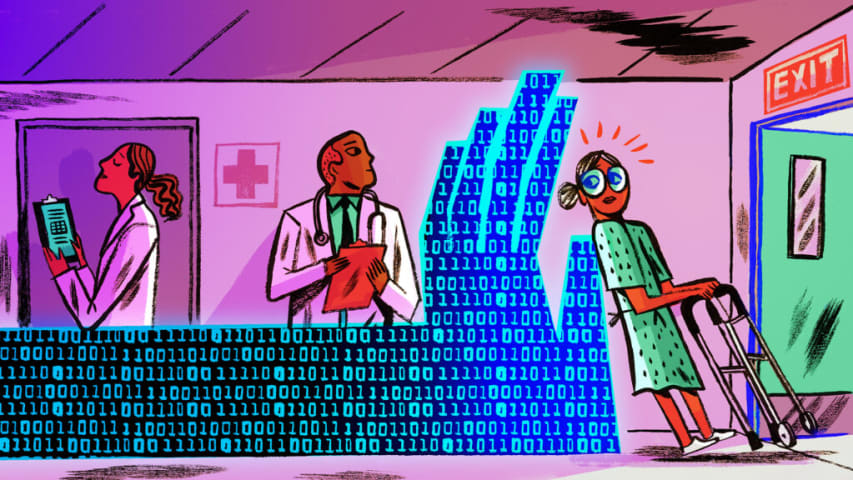概要: ウィスコンシン州の高齢女性は、アルゴリズムによって急速に回復すると判断され、医療記録には依然として衰弱させるほどの痛みが続いていることが示されているにもかかわらず、保険会社はその判断に基づいて治療費の支払いを打ち切った。
Alleged: NaviHealth developed an AI system deployed by Security Health Plan と NaviHealth, which harmed Frances Walter と elderly patients.
CSETv1 分類法のクラス
分類法の詳細Incident Number
The number of the incident in the AI Incident Database.
501
Notes (special interest intangible harm)
Input any notes that may help explain your answers.
This may be a civil rights violation because there maybe unequal access to Medicare benefits (a government-provided service) with older people being at a disadvantage.
Special Interest Intangible Harm
An assessment of whether a special interest intangible harm occurred. This assessment does not consider the context of the intangible harm, if an AI was involved, or if there is characterizable class or subgroup of harmed entities. It is also not assessing if an intangible harm occurred. It is only asking if a special interest intangible harm occurred.
yes
Date of Incident Year
The year in which the incident occurred. If there are multiple harms or occurrences of the incident, list the earliest. If a precise date is unavailable, but the available sources provide a basis for estimating the year, estimate. Otherwise, leave blank.
Enter in the format of YYYY
2023
Risk Subdomain
A further 23 subdomains create an accessible and understandable classification of hazards and harms associated with AI
7.3. Lack of capability or robustness
Risk Domain
The Domain Taxonomy of AI Risks classifies risks into seven AI risk domains: (1) Discrimination & toxicity, (2) Privacy & security, (3) Misinformation, (4) Malicious actors & misuse, (5) Human-computer interaction, (6) Socioeconomic & environmental harms, and (7) AI system safety, failures & limitations.
- AI system safety, failures, and limitations
Entity
Which, if any, entity is presented as the main cause of the risk
AI
Timing
The stage in the AI lifecycle at which the risk is presented as occurring
Post-deployment
Intent
Whether the risk is presented as occurring as an expected or unexpected outcome from pursuing a goal
Intentional
インシデントレポート
レポートタイムライン
Loading...

An algorithm, not a doctor, predicted a rapid recovery for Frances Walter, an 85-year-old Wisconsin woman with a shattered left shoulder and an allergy to pain medicine. In 16.6 days, it estimated, she would be ready to leave her nursing ho…
バリアント
「バリアント」は既存のAIインシデントと同じ原因要素を共有し、同様な被害を引き起こし、同じ知的システムを含んだインシデントです。バリアントは完全に独立したインシデントとしてインデックスするのではなく、データベースに最初に投稿された同様なインシデントの元にインシデントのバリエーションとして一覧します。インシデントデータベースの他の投稿タイプとは違い、バリアントではインシデントデータベース以外の根拠のレポートは要求されません。詳細についてはこの研究論文を参照してください
似たようなものを見つけましたか?
よく似たインシデント
Did our AI mess up? Flag the unrelated incidents
よく似たインシデント
Did our AI mess up? Flag the unrelated incidents



